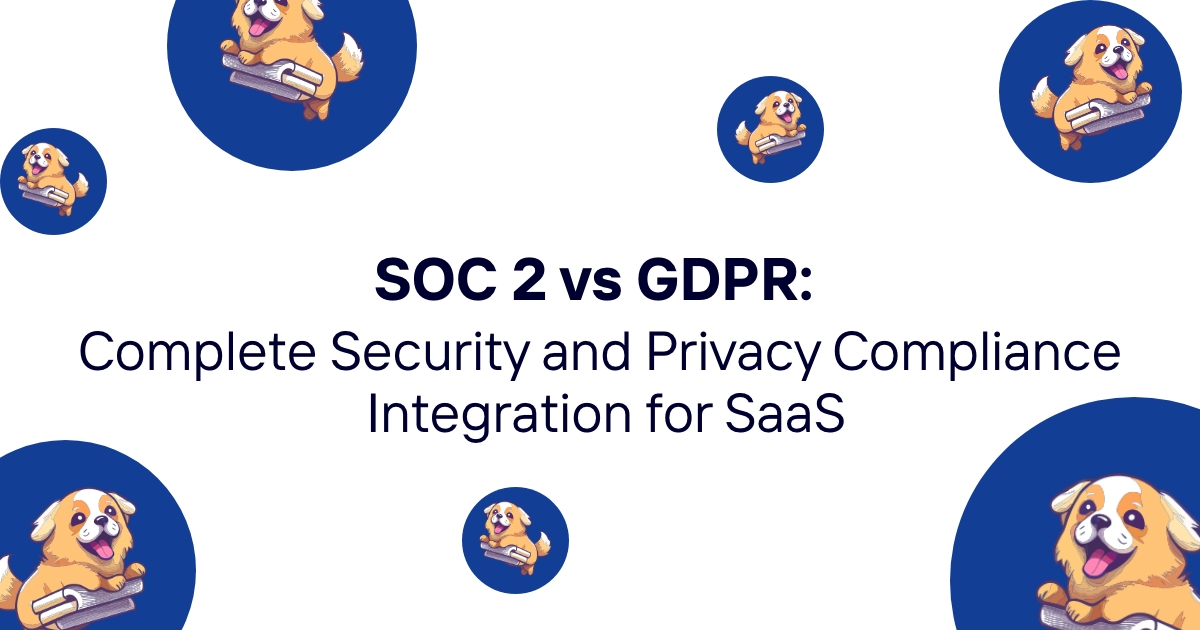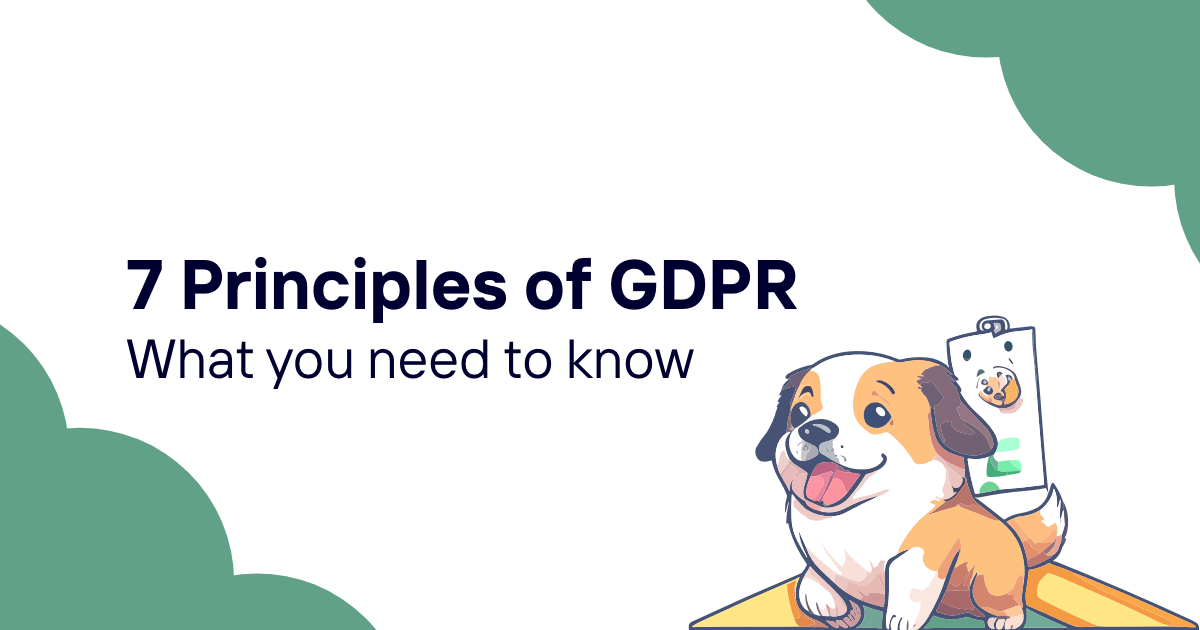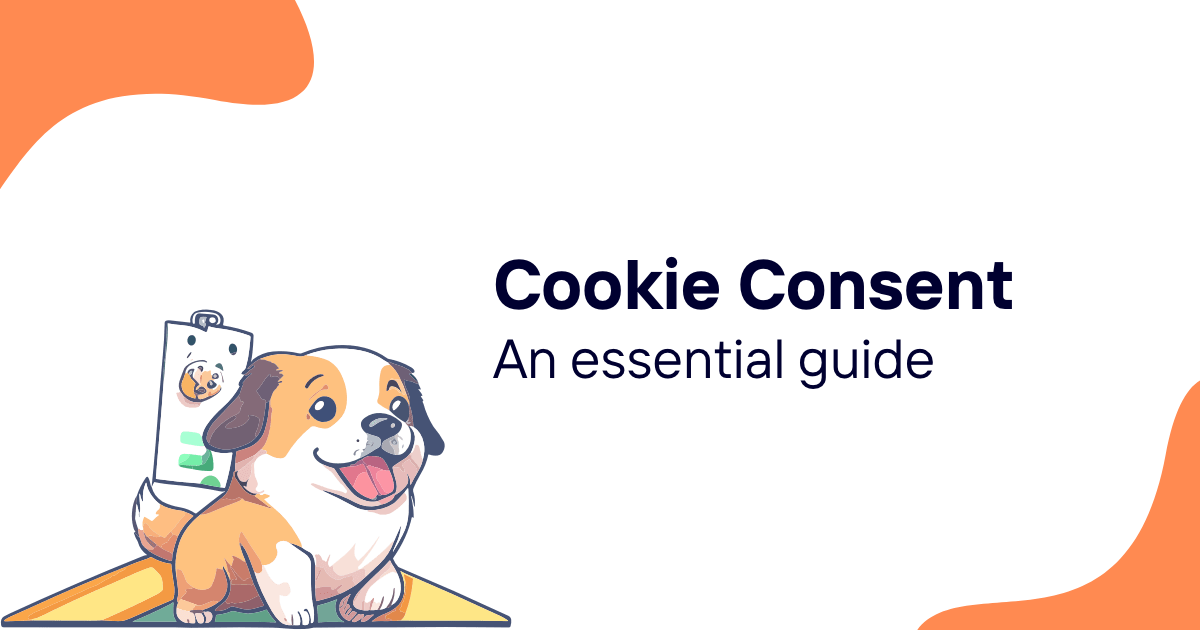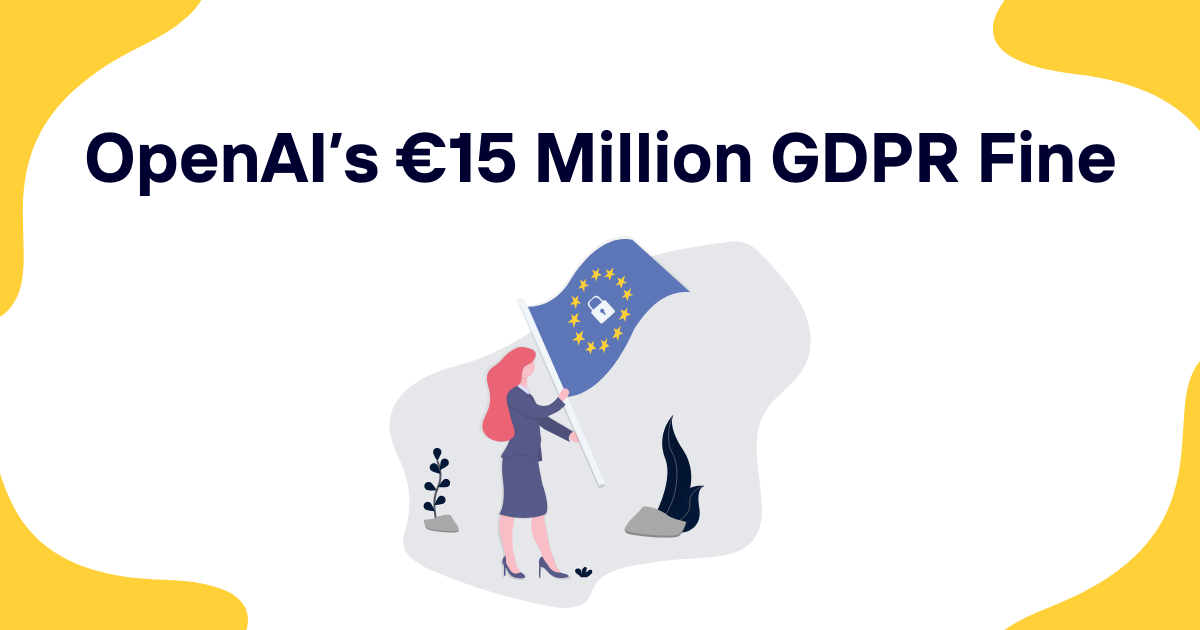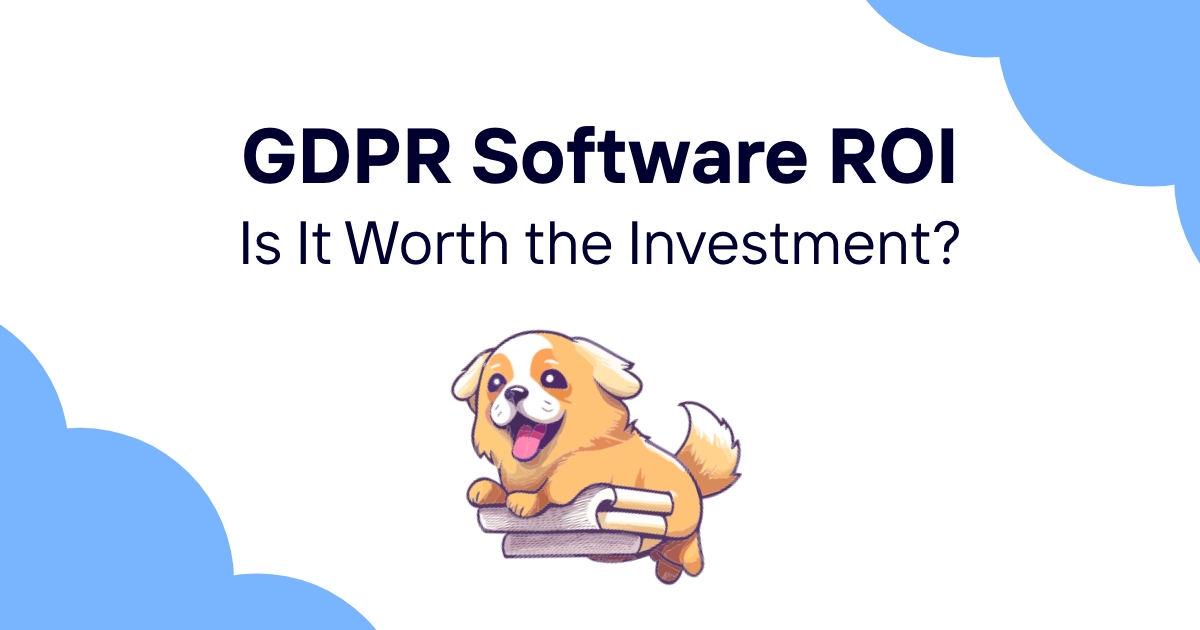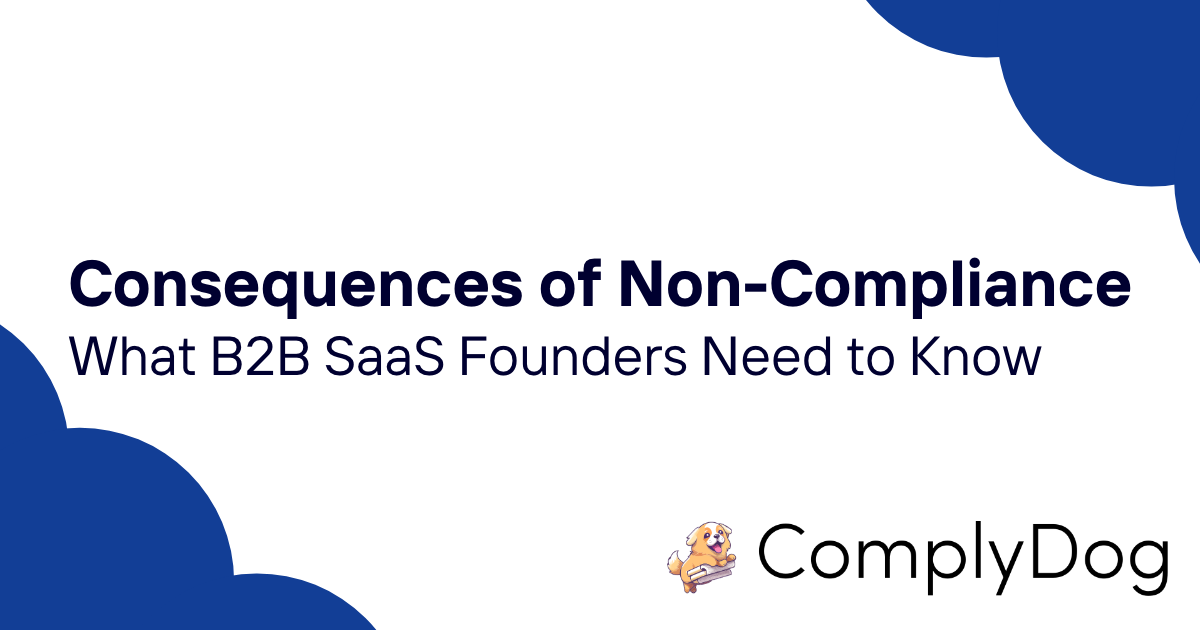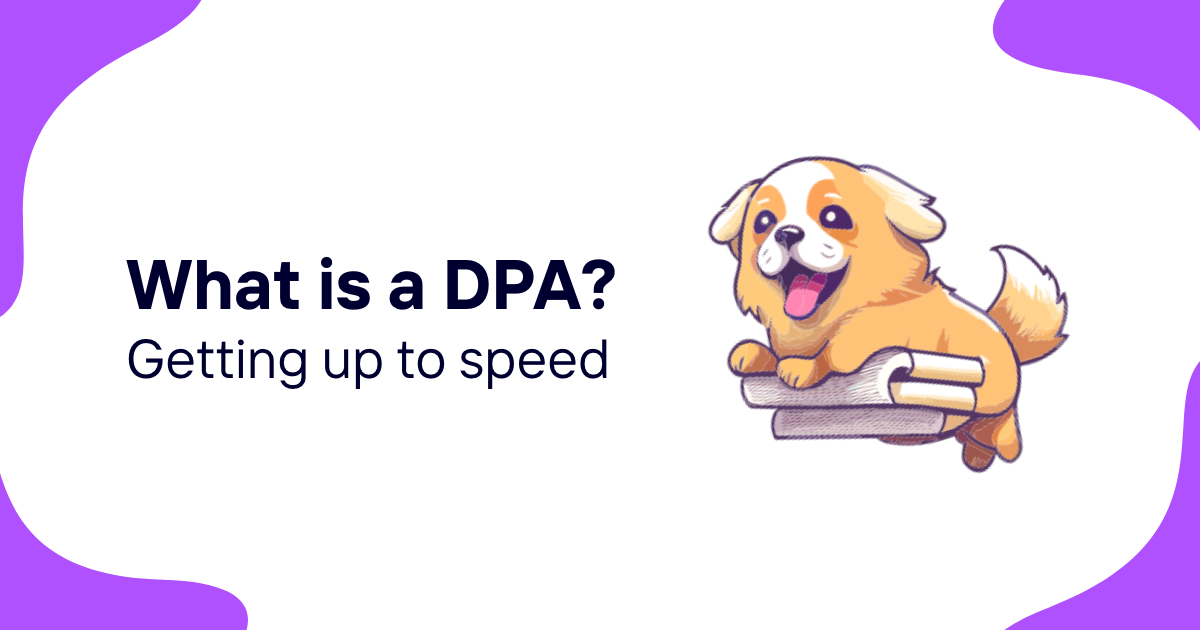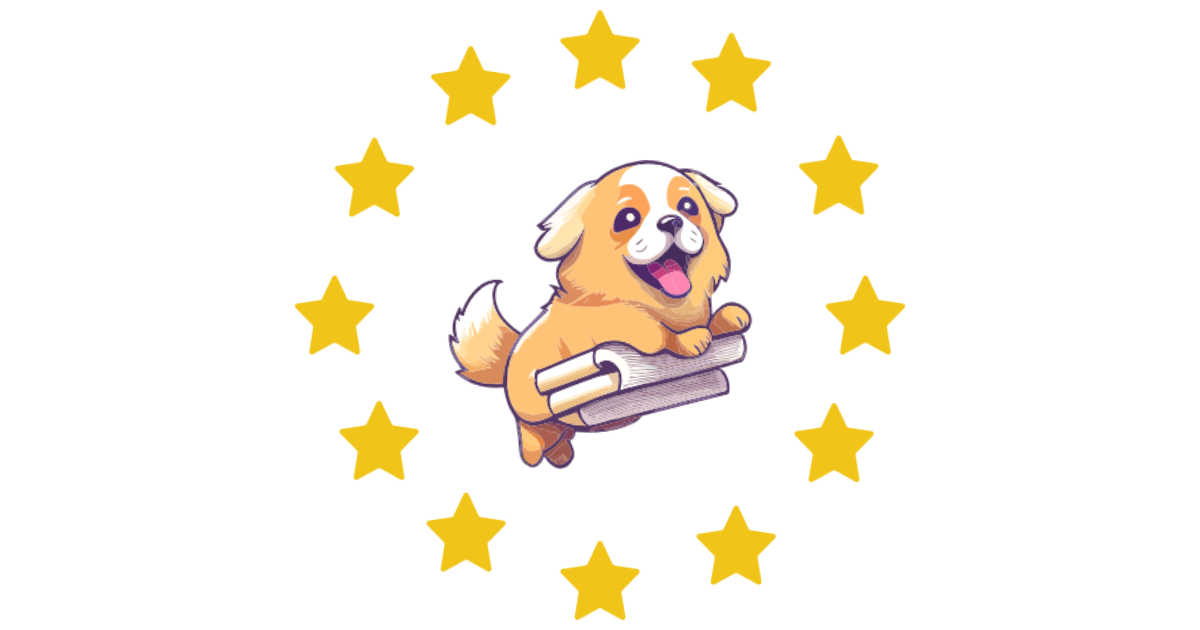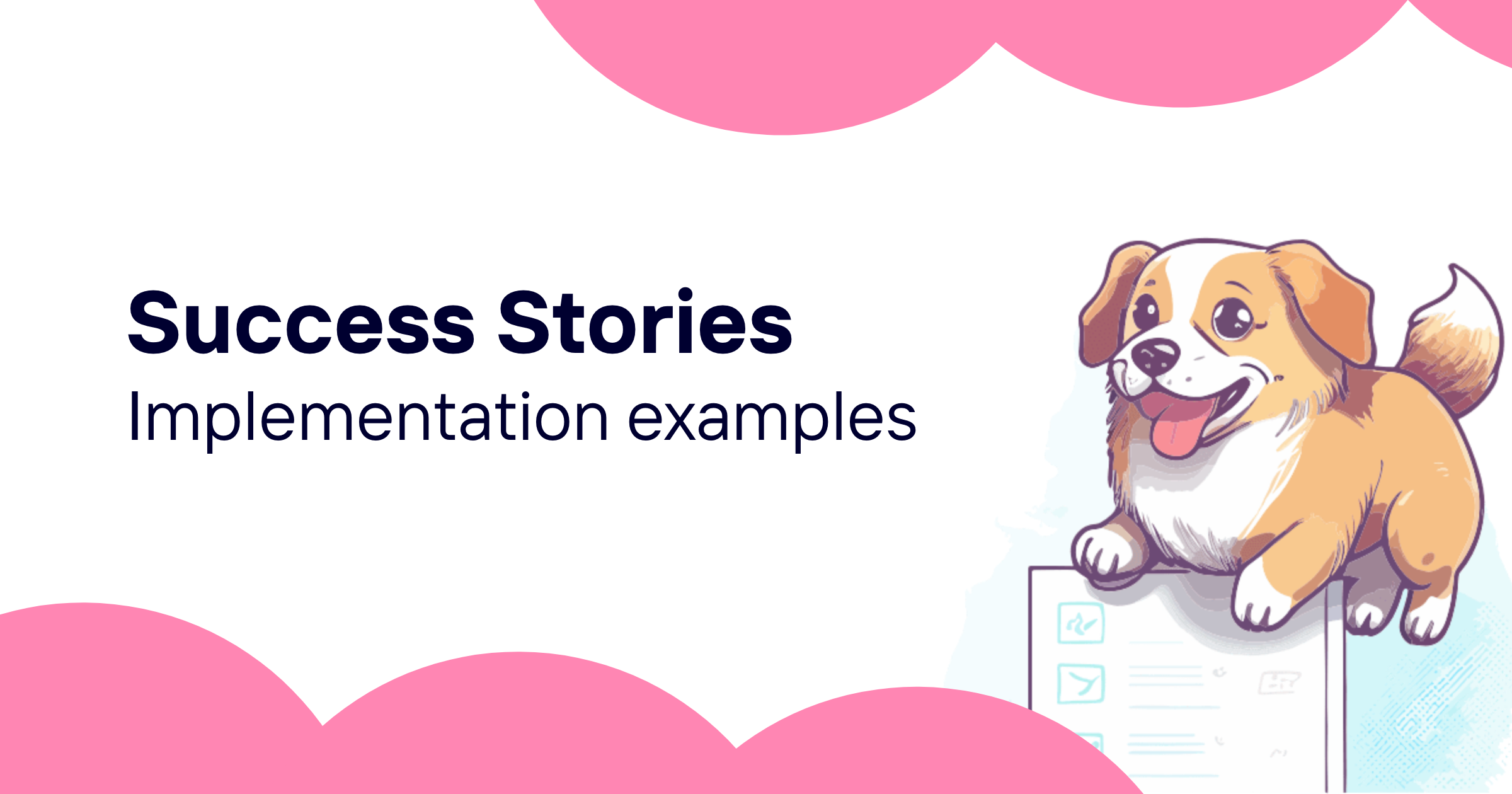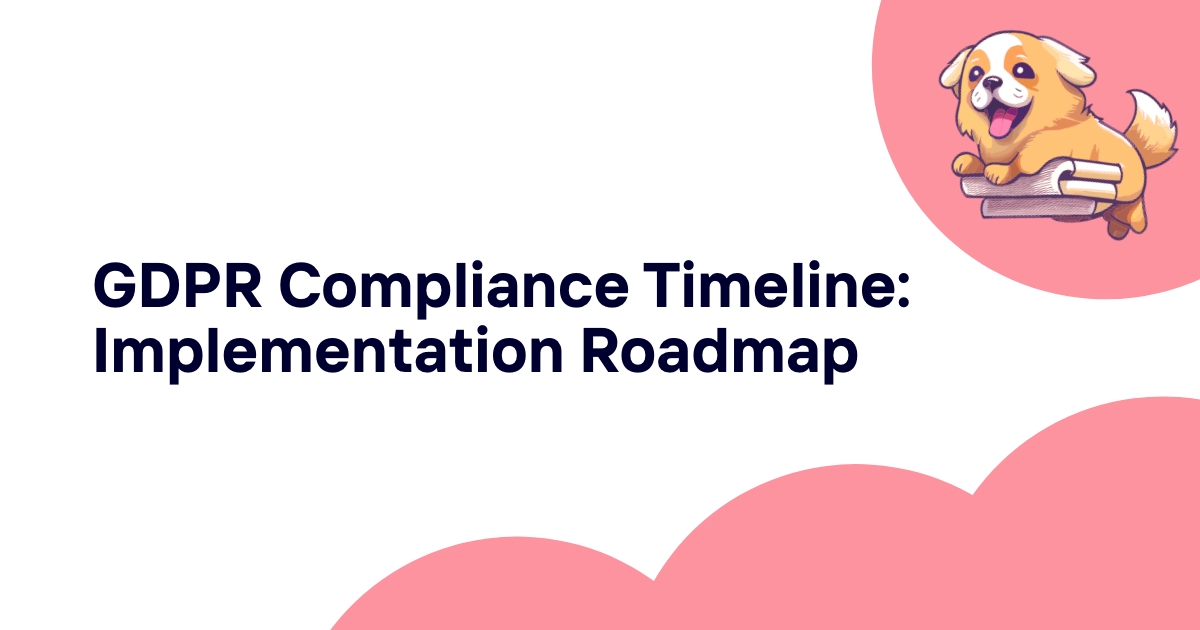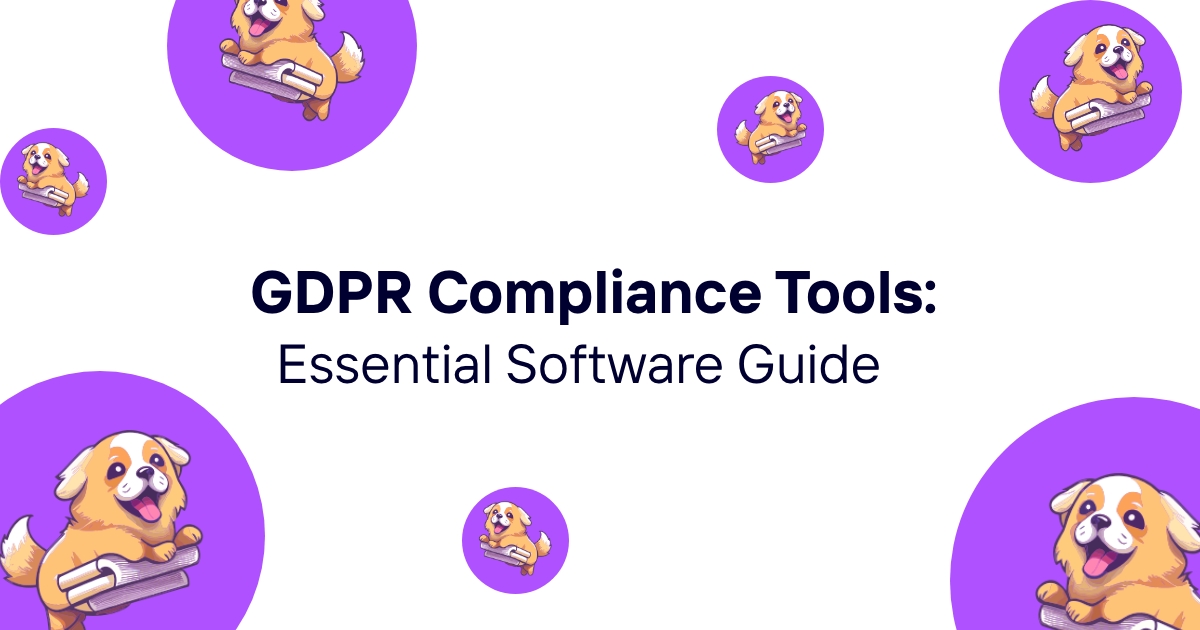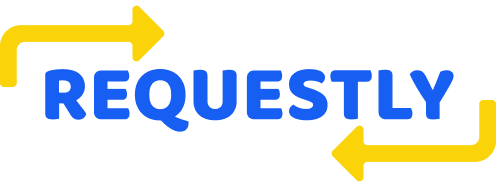SaaS companies face the complex challenge of implementing both SOC 2 security compliance and GDPR privacy protection simultaneously, requiring understanding of how these frameworks complement, overlap, and sometimes conflict throughout comprehensive compliance programs. While SOC 2 focuses on security controls and GDPR emphasizes privacy rights, successful SaaS companies integrate both frameworks strategically rather than treating them as separate compliance silos.
The complexity of SOC 2 and GDPR integration lies in their different philosophical approaches - SOC 2 provides prescriptive security controls while GDPR emphasizes risk-based privacy protection - yet both frameworks share common objectives around data protection, access controls, and organizational accountability that create integration opportunities.
SaaS companies serving enterprise customers increasingly need both SOC 2 and GDPR compliance to meet customer procurement requirements, regulatory obligations, and competitive positioning that demands comprehensive security and privacy protection through integrated compliance frameworks.
The most successful SaaS companies view SOC 2 and GDPR as complementary frameworks that together provide comprehensive data protection, with SOC 2 addressing technical security controls and GDPR covering privacy rights and data governance that create unified protection for customer data.
Proper integration of SOC 2 and GDPR requires coordinated implementation of security controls, privacy protections, audit procedures, and compliance documentation that demonstrates comprehensive data protection while avoiding duplicated effort and conflicting requirements.
ComplyDog helps SaaS companies integrate SOC 2 and GDPR compliance through unified assessment, coordinated implementation planning, and integrated compliance monitoring that addresses both security and privacy requirements through strategic framework integration.
SOC 2 and GDPR Framework Overview for SaaS Companies
Understanding the fundamental differences and complementary aspects of SOC 2 and GDPR helps SaaS companies develop integrated compliance strategies that address both security and privacy requirements efficiently.
SOC 2 Framework Focus and Objectives:
SOC 2 provides a framework for evaluating controls related to security, availability, processing integrity, confidentiality, and privacy of systems processing customer data, with emphasis on technical and organizational security measures.
SOC 2 compliance demonstrates to customers and stakeholders that SaaS companies have implemented appropriate controls to protect customer data through systematic security management and continuous monitoring.
GDPR Privacy and Data Protection Scope:
GDPR establishes comprehensive privacy rights and data protection obligations for organizations processing personal data of EU residents, emphasizing individual rights, consent management, and privacy by design principles.
GDPR compliance requires SaaS companies to implement privacy protection measures that address data subject rights, consent management, breach notification, and accountability throughout personal data processing lifecycles.
Framework Intersection and Overlap:
SOC 2 and GDPR share common objectives around data protection, with SOC 2's security and confidentiality controls supporting GDPR's security requirements while GDPR's privacy principles complement SOC 2's overall control environment.
Both frameworks require comprehensive documentation, regular assessment, continuous monitoring, and incident response capabilities that create opportunities for integrated implementation and shared evidence collection.
Compliance Timeline and Implementation:
SOC 2 compliance typically follows annual audit cycles with Type I and Type II assessments, while GDPR requires ongoing compliance with specific deadlines for breach notification and data subject rights responses.
Coordinate compliance timelines to align SOC 2 audit preparation with GDPR compliance monitoring while ensuring both frameworks receive appropriate attention and resource allocation throughout implementation cycles.
Customer and Regulatory Expectations:
Enterprise SaaS customers increasingly expect both SOC 2 and GDPR compliance as baseline requirements, while regulatory authorities focus on GDPR enforcement and industry standards recognize SOC 2 as security best practice.
For insights on managing complex compliance frameworks simultaneously, check out our AWS privacy compliance guide which addresses similar multi-framework infrastructure challenges.
Security vs Privacy Compliance for Software Platforms
Distinguishing between security and privacy compliance helps SaaS companies understand where SOC 2 and GDPR requirements align versus where they require different approaches and implementation strategies.
Security-Focused Compliance Controls:
SOC 2 security controls address access management, network security, system monitoring, incident response, and change management that protect customer data from unauthorized access and security threats.
Implement security controls that satisfy SOC 2 requirements while supporting GDPR security obligations through comprehensive access controls, encryption, monitoring, and incident response capabilities.
Privacy-Focused Data Protection:
GDPR privacy requirements address data minimization, consent management, individual rights, purpose limitation, and transparency that protect personal data throughout processing lifecycles and respect individual privacy choices.
Design privacy controls that meet GDPR obligations while leveraging SOC 2 security foundations to provide comprehensive data protection that addresses both security threats and privacy risks.
Integrated Security and Privacy Controls:
Many controls address both security and privacy objectives, including access management, data encryption, audit logging, and incident response that protect against both security breaches and privacy violations.
Implement integrated controls that efficiently address both frameworks through unified access management, comprehensive encryption, detailed audit trails, and coordinated incident response procedures.
Risk Assessment Integration:
SOC 2 risk assessment focuses on security threats to customer data and system availability, while GDPR risk assessment addresses privacy risks to individual rights and data protection throughout processing activities.
Conduct integrated risk assessments that address both security and privacy risks while identifying controls that provide comprehensive protection against multiple threat categories and compliance obligations.
Control Testing and Validation:
SOC 2 control testing evaluates security control effectiveness through systematic assessment, while GDPR compliance validation addresses privacy protection through data protection impact assessments and ongoing monitoring.
Design testing programs that validate both security and privacy protection through coordinated assessment activities and integrated evidence collection that supports both compliance frameworks.
Overlapping Controls and Requirements Integration
Identifying and integrating overlapping controls between SOC 2 and GDPR enables SaaS companies to implement efficient compliance programs that address both frameworks without duplicating effort or creating conflicting requirements.
Access Control Integration:
Both SOC 2 and GDPR require comprehensive access controls, with SOC 2 focusing on security access management and GDPR emphasizing privacy protection through appropriate access limitations and individual rights support.
Implement access controls that provide SOC 2 security protection while supporting GDPR privacy requirements through role-based access, least privilege principles, and comprehensive access logging.
Data Protection and Encryption:
SOC 2 confidentiality controls and GDPR security requirements both mandate appropriate data protection measures including encryption, secure transmission, and data loss prevention capabilities.
Configure encryption and data protection that satisfies both frameworks through comprehensive encryption at rest and in transit, key management, and data loss prevention that addresses security and privacy protection.
Incident Response Coordination:
SOC 2 incident response procedures and GDPR breach notification requirements both address security incident management but with different timelines, stakeholder notification, and documentation requirements.
Design incident response that coordinates SOC 2 security procedures with GDPR breach notification while ensuring appropriate stakeholder communication and regulatory compliance for all incident types.
Monitoring and Logging Integration:
Both frameworks require comprehensive monitoring and logging capabilities, with SOC 2 emphasizing security monitoring and GDPR requiring audit trails that support individual rights and privacy compliance demonstration.
Implement monitoring systems that provide SOC 2 security oversight while supporting GDPR privacy compliance through comprehensive audit trails and data processing activity logging.
Documentation and Record Keeping:
SOC 2 and GDPR both require extensive documentation of controls, policies, and procedures, creating opportunities for integrated documentation that addresses both security and privacy requirements.
Develop documentation frameworks that efficiently address both compliance requirements through unified policy management, integrated procedure documentation, and coordinated evidence collection.
SaaS Compliance Strategy Development
Developing integrated compliance strategies enables SaaS companies to address SOC 2 and GDPR requirements efficiently while building comprehensive data protection capabilities that support business growth and customer trust.
Compliance Framework Selection:
Evaluate whether both SOC 2 and GDPR compliance are necessary for your SaaS business model while considering customer requirements, regulatory obligations, and competitive positioning that drive compliance decisions.
Choose compliance frameworks based on business needs, customer expectations, and regulatory requirements while planning integration strategies that maximize efficiency and minimize compliance overhead.
Implementation Roadmap Planning:
Develop implementation roadmaps that coordinate SOC 2 and GDPR compliance activities while ensuring appropriate sequencing, resource allocation, and timeline management for integrated compliance programs.
Plan implementation phases that build foundational controls supporting both frameworks while adding framework-specific requirements through coordinated project management and resource optimization.
Resource Allocation and Team Structure:
Allocate compliance resources efficiently across SOC 2 and GDPR requirements while building team capabilities that address both security and privacy competencies through integrated training and expertise development.
Structure compliance teams that provide both security and privacy expertise while avoiding silos that create inefficiency and communication gaps between related compliance activities.
Technology Investment Coordination:
Coordinate technology investments that support both SOC 2 and GDPR compliance through unified security platforms, integrated monitoring systems, and comprehensive compliance management tools.
Select compliance technologies that provide dual-purpose capabilities while avoiding duplicated tools and ensuring technology investments support comprehensive data protection objectives.
Vendor and Service Provider Management:
Manage vendors and service providers that support both SOC 2 and GDPR compliance while ensuring appropriate due diligence, contract management, and ongoing oversight for comprehensive third-party risk management.
Coordinate vendor assessments that address both security and privacy requirements while streamlining due diligence processes and ensuring comprehensive protection through integrated vendor management.
Audit Coordination for SOC 2 and GDPR
Coordinating SOC 2 audits with GDPR compliance assessment enables SaaS companies to streamline audit activities while ensuring comprehensive evaluation of security and privacy protection capabilities.
Audit Planning and Scheduling:
Coordinate SOC 2 audit schedules with GDPR compliance assessment activities while ensuring appropriate preparation time, resource allocation, and stakeholder availability for comprehensive audit execution.
Plan audit activities that maximize efficiency through coordinated preparation, shared evidence collection, and integrated stakeholder interviews that address both security and privacy assessment requirements.
Auditor Selection and Management:
Select auditors with expertise in both SOC 2 and GDPR compliance while ensuring appropriate independence, competency, and understanding of integrated compliance frameworks for comprehensive assessment.
Manage auditor relationships that support both compliance frameworks while coordinating audit activities and ensuring consistent evaluation standards across security and privacy assessment activities.
Evidence Collection and Documentation:
Collect audit evidence that supports both SOC 2 and GDPR compliance while avoiding duplication and ensuring comprehensive documentation of integrated controls and compliance activities.
Organize evidence collection that efficiently addresses both frameworks while maintaining appropriate documentation standards and ensuring comprehensive coverage of all compliance requirements.
Audit Execution Coordination:
Execute audit activities that address both SOC 2 and GDPR requirements while ensuring appropriate audit procedures, stakeholder interviews, and control testing that validate comprehensive compliance.
Coordinate audit execution that maximizes efficiency while ensuring thorough evaluation of both security and privacy protection through integrated assessment procedures and comprehensive validation.
Remediation and Improvement Planning:
Plan remediation activities that address both SOC 2 and GDPR findings while ensuring appropriate corrective actions and continuous improvement that enhance comprehensive data protection capabilities.
Develop improvement plans that address both framework requirements while building enhanced data protection capabilities through coordinated remediation and strategic compliance enhancement.
Documentation and Evidence Management for SaaS
Comprehensive documentation and evidence management supports both SOC 2 and GDPR compliance while creating efficient information management that demonstrates integrated data protection capabilities.
Integrated Policy Development:
Develop policies that address both SOC 2 and GDPR requirements while ensuring comprehensive coverage of security and privacy obligations through unified policy frameworks and integrated compliance guidance.
Create policy structures that efficiently address both compliance frameworks while avoiding duplication and ensuring comprehensive guidance for employees and stakeholders about data protection obligations.
Procedure Documentation Integration:
Document procedures that support both SOC 2 and GDPR compliance while ensuring operational efficiency and comprehensive coverage of security and privacy protection activities throughout SaaS operations.
Design procedure documentation that provides practical guidance for both security and privacy protection while ensuring staff understanding and consistent implementation of integrated compliance requirements.
Evidence Collection Systems:
Implement evidence collection systems that support both SOC 2 and GDPR compliance while ensuring efficient documentation management and comprehensive audit trail maintenance for integrated compliance activities.
Configure evidence management that provides organized storage, retrieval, and presentation capabilities for both compliance frameworks while maintaining security and accessibility for audit and assessment activities.
Compliance Reporting Integration:
Develop compliance reporting that addresses both SOC 2 and GDPR requirements while providing stakeholders with comprehensive visibility into security and privacy protection performance and compliance status.
Create reporting frameworks that efficiently communicate compliance status across both frameworks while providing actionable insights for continuous improvement and stakeholder confidence building.
Documentation Maintenance and Updates:
Maintain documentation that supports both SOC 2 and GDPR compliance while ensuring ongoing accuracy, relevance, and alignment with evolving compliance requirements and business operations.
Design documentation maintenance that provides systematic updates across both frameworks while ensuring version control, change management, and ongoing accuracy for integrated compliance documentation.
Integrated Compliance Program Optimization
Optimizing integrated compliance programs enables SaaS companies to maximize efficiency while ensuring comprehensive data protection that supports both security and privacy objectives through strategic compliance management.
Compliance Automation Integration:
Implement compliance automation that supports both SOC 2 and GDPR requirements while reducing manual effort and ensuring consistent compliance monitoring across security and privacy protection activities.
Configure automation systems that provide dual-purpose monitoring and compliance management while ensuring comprehensive coverage of both framework requirements through integrated technology solutions.
Performance Metrics and KPIs:
Develop performance metrics that track both SOC 2 and GDPR compliance effectiveness while providing insights for continuous improvement and stakeholder communication about comprehensive data protection performance.
Design metric frameworks that efficiently measure compliance across both frameworks while providing actionable insights for program optimization and stakeholder confidence building.
Training and Awareness Programs:
Create training programs that address both SOC 2 and GDPR requirements while building organizational capabilities that support comprehensive data protection through integrated education and awareness initiatives.
Develop training that provides both security and privacy education while ensuring staff competency across both compliance frameworks through coordinated learning and capability development.
Continuous Improvement Integration:
Implement continuous improvement processes that enhance both SOC 2 and GDPR compliance while building enhanced data protection capabilities through systematic assessment and strategic enhancement activities.
Design improvement programs that address both framework requirements while building organizational maturity in comprehensive data protection through coordinated enhancement and capability building.
Business Value Integration:
Position integrated compliance programs as business value drivers that support customer trust, competitive differentiation, and operational excellence rather than just regulatory requirements or cost centers.
Communicate compliance value that demonstrates how integrated security and privacy protection supports business objectives while building customer confidence and competitive advantages through comprehensive data protection.
Stakeholder Communication Strategy:
Develop stakeholder communication that addresses both SOC 2 and GDPR compliance while building confidence in comprehensive data protection capabilities through integrated transparency and accountability demonstration.
Create communication strategies that efficiently address both framework requirements while building stakeholder trust through comprehensive data protection communication and performance transparency.
Ready to achieve integrated security and privacy compliance excellence? Use ComplyDog and transform SOC 2 and GDPR from separate compliance burdens into unified competitive advantages through strategic framework integration that demonstrates comprehensive data protection capabilities.
